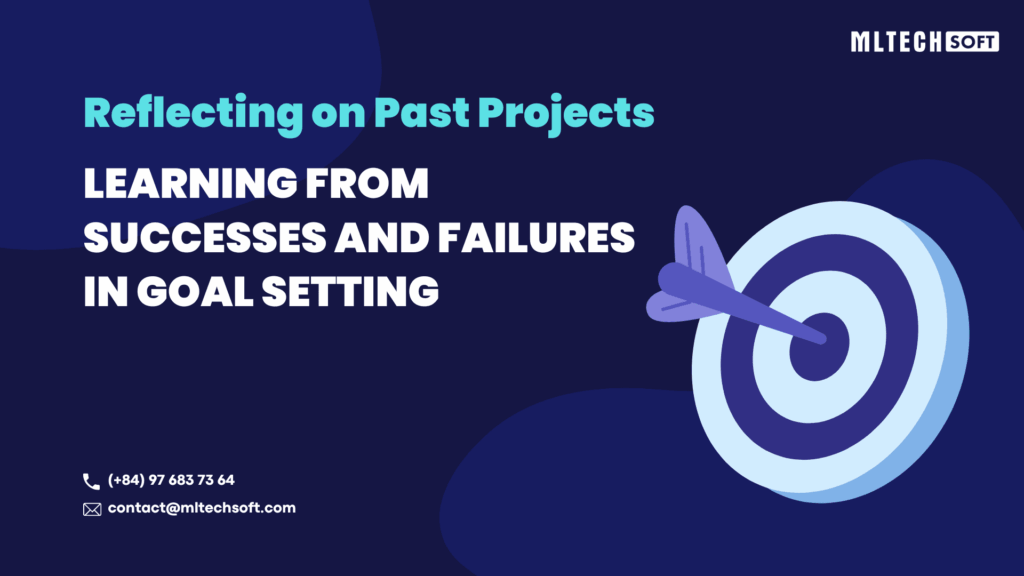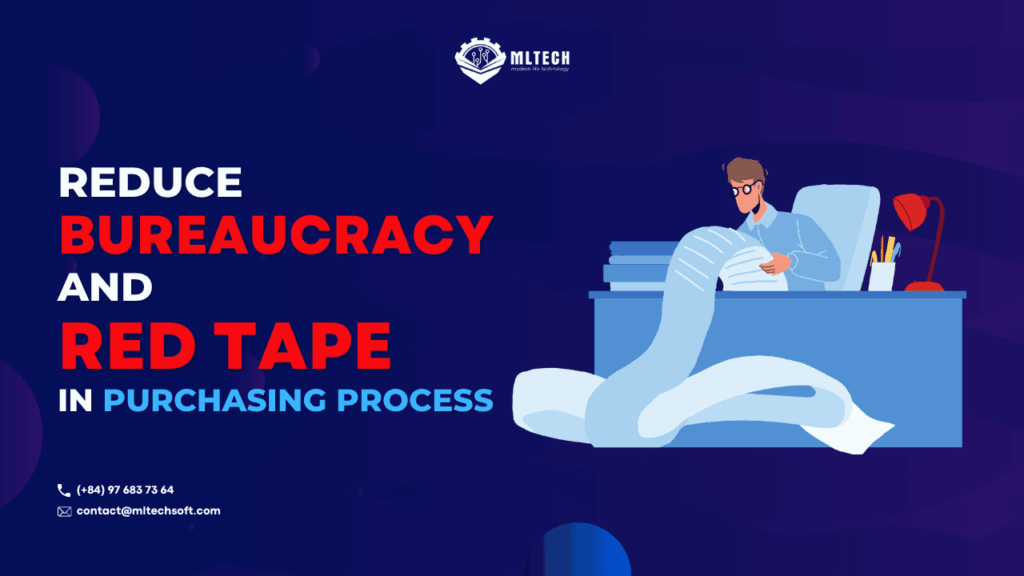Are you trying to find the best open-source tools for web development? If so, you’ve come to the right place! In order to save you time searching, we’ve covered a few of the best open-source web developer tools here.
We’ve covered a wide range of topics, like code and text editors, tools for designing and prototyping, web applications, front-end frameworks, collaboration tools, and so on. Let’s explore with MLTech Soft.
1. Factors to consider while choosing the Best open source web development tools
There are many factors to consider when we want to choose the best tools. We list some factors in the following:
- Tools must be able to provide faster product development at lower costs.
- They should be easy to use and also be Scalable.
- Furthermore, they must match your requirements and needs.
- Tools must be updated regularly
- Also, they must have cross-platform support.
2. Best Open-Source Web Development Tools
Some of the best and most useful open-source web development tools are listed below. Some of them aren’t free at all. However, they provide a system with a free trial. Decide based on your needs and requirements.
2.1: Code and text editor
A text editor is a type of computer program that edits plain text. Such programs are sometimes known as “notepad” software, following the naming of Microsoft Notepad. Text editors come with operating systems and software development packages. They can be used to change files like configuration files, documentation files, and programming language source code.
a. Visual studio code
One of the best open-source web development tools is Visual Studio Code. It can be utilized anywhere. It also has Git, IntelliSense, debugging, and extensions that let you add more languages, themes, debuggers, and other features. Additionally, it is compatible with Linux, Mac OS X, and Windows. VS Code is quick and can handle interesting tasks like opening and sorting content from multiple folders or quick Git commits.
Features:
- It allows you to debug the code from the editor.
- You can also debug with breakpoints, call stacks, and an interactive console.
- Also, it Permits you to review diffs, stage files, and make commits from the editor.
- Besides, it is extensible and customizable.
- Furthermore, you will be able to add new languages, themes, and debuggers through extensions.
Tool Cost: Free
b. Atom
Atom is one of the best open-source web development tools and another amazing code editor. It was made by GitHub and released to the public in 2014. It has been called “a hackable text editor for the 21st century.” In addition, it has a simple workflow and is easy to use. It also has a lot of extensions and the game-changing ability to tailor the workspace to each user’s requirements and preferences.
Features:
- Cross-platform editing
- Besides, there is a built-in package manager.
- It also offers Smart auto-completion.
- Furthermore, there are multiple panels
- There is also a find-and-replace tool
Tool Cost: Free
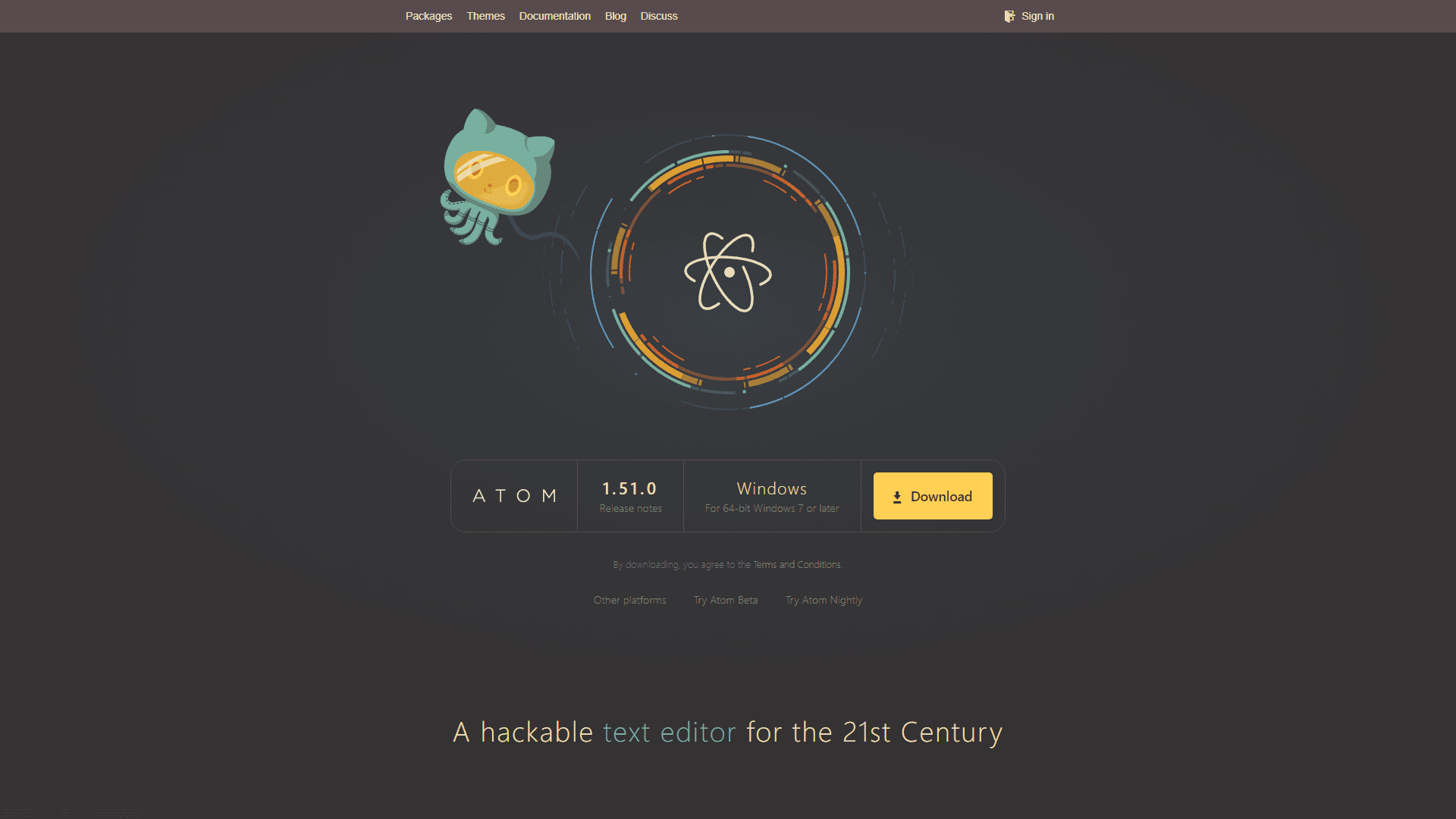
c. Sublime Text
A text editor that can be used to write code, markup, and prose is Sublime Text. It can be edited in split mode. You can edit two files at the same time with this feature. It could also be the same file that can be changed in two different places. It also has a lot of additional features, like the ability to change projects instantly and customize anything. Additionally, it is compatible with Linux, Mac OS X, and Windows. As a result, it is one of the best open-source tools for web development.
Features:
- It allows you to open files using the Goto Anything command. For this, it will allow you to make use of a part of a file name, symbols, and line number, or use the search within the file.
- Using the multiple selections feature you will be able to make ten changes at the same time.
- Through Python API, Sublime Text will allow the plugins to provide more built-in functionality.
- Functionalities that are not used frequently like Sorting and Changing indentation will be available in the Command Palette.
Tool Cost /Plan Details: Free/Paid
d. Brackets
Brackets is Adobe’s open-source editor and one of the best open-source web development tools. It supports CSS preprocessors like Less and Sass. Besides, it’s crafted from the ground up for web designers and front-end developers.
Features:
- Quick Edit
- Also, there are Quick Docs
- Live Preview
- JSLint
- LESS support is also there
- Syntax Highlighting
- Code Folding
- Cross-platform support
- Extensibility.
Tool Cost /Plan Details: Free
e. Notepad++
Notepad++ is a source code editor and Notepad replacement that works in an MS Windows environment. It has syntax highlighting and folding, PCRE, a customizable GUI, auto-completion, and more.
Features:
- Code Hints from a PSD
- Inline Editors
- Live Preview
- Preprocessor Support
Tool Cost /Plan Details: Free
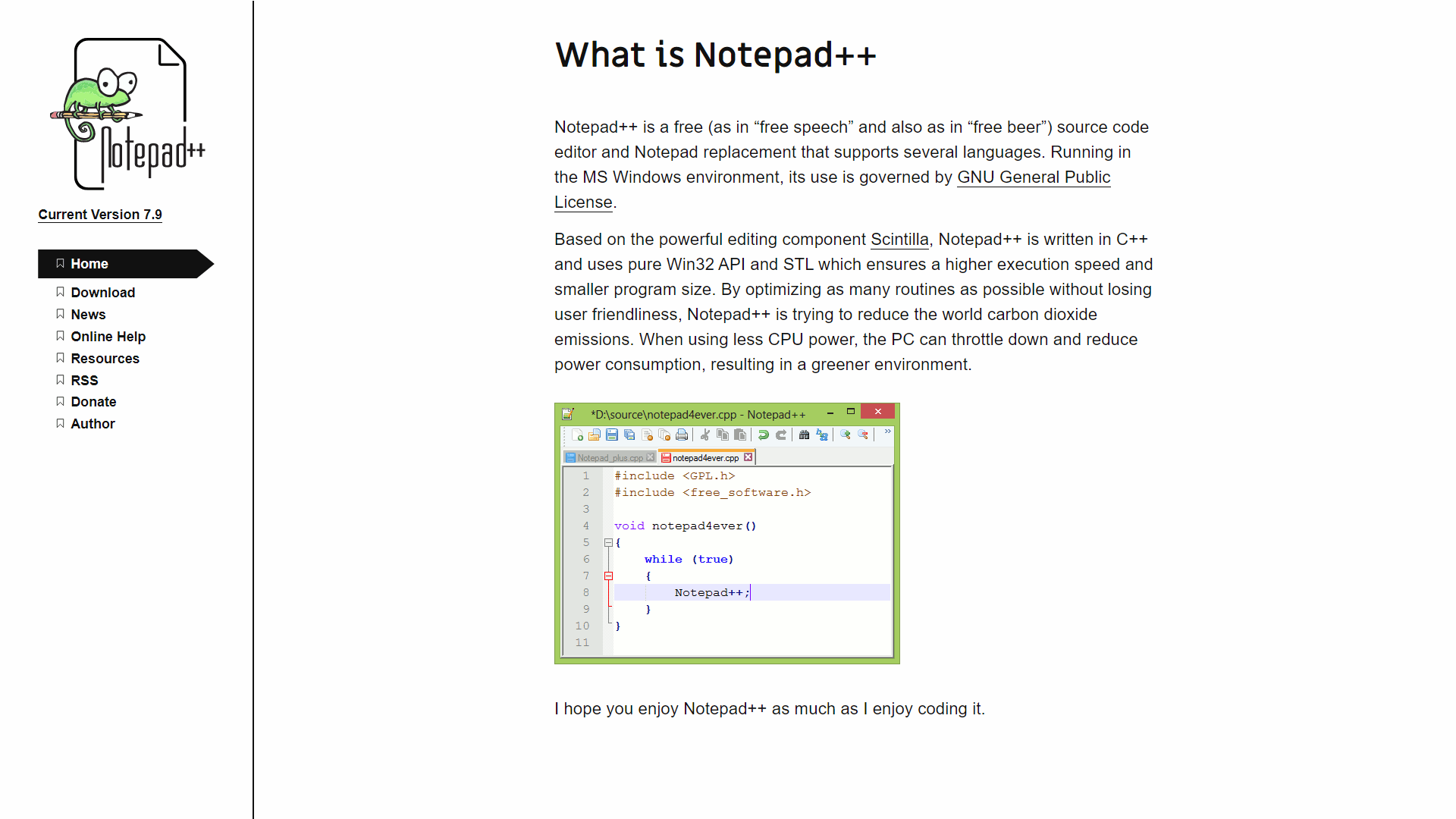
2.2 Design & Prototyping Tools
Prototyping tools are tools to help you make product creation faster and much more effective. Besides, it demonstrates your ideas and, in doing so, can change the way you design. Today’s clients are looking for interactive prototypes. These prototypes give you an overview of your design, interactions, and ideas.
So, we’ve put together a list of some of the best prototyping tools that will help you turn your designs and wireframes into interactive prototypes.
a. InVision
The digital product design platform InVision is used by over 5 million organizations, including major brands. It gives teams design tools and educational materials to help them get through each stage of the product design process, from ideation to production.
Features:
- Simple and rapid prototyping.
- Besides, there is the automatic synchronization
- Pre-built transitions
- Sketch, draw, and wireframe
- Animate transitions
- Mobile interface
- Also, there are pre-built interactions & animations
Tool Cost /Plan Details: Free/Paid
b. Figma
Figma is a cloud-based tool for UI design and prototyping that lets multiple teams work together to make, test, and deploy designs for interfaces or products. It has a version history, project management, comments, user-based permissions, plugin creation, and single sign-on (SSO).
Also, the platform lets designers make drawings with vector networks, pens, and arc tools, so they can make pie charts, watch screens, or clocks without merging or connecting to the path’s beginning. Figma also offers integration with multiple third-party applications, including Maze, Zeplin, Trello, Flinto, Slack, Dropbox, and Jira.
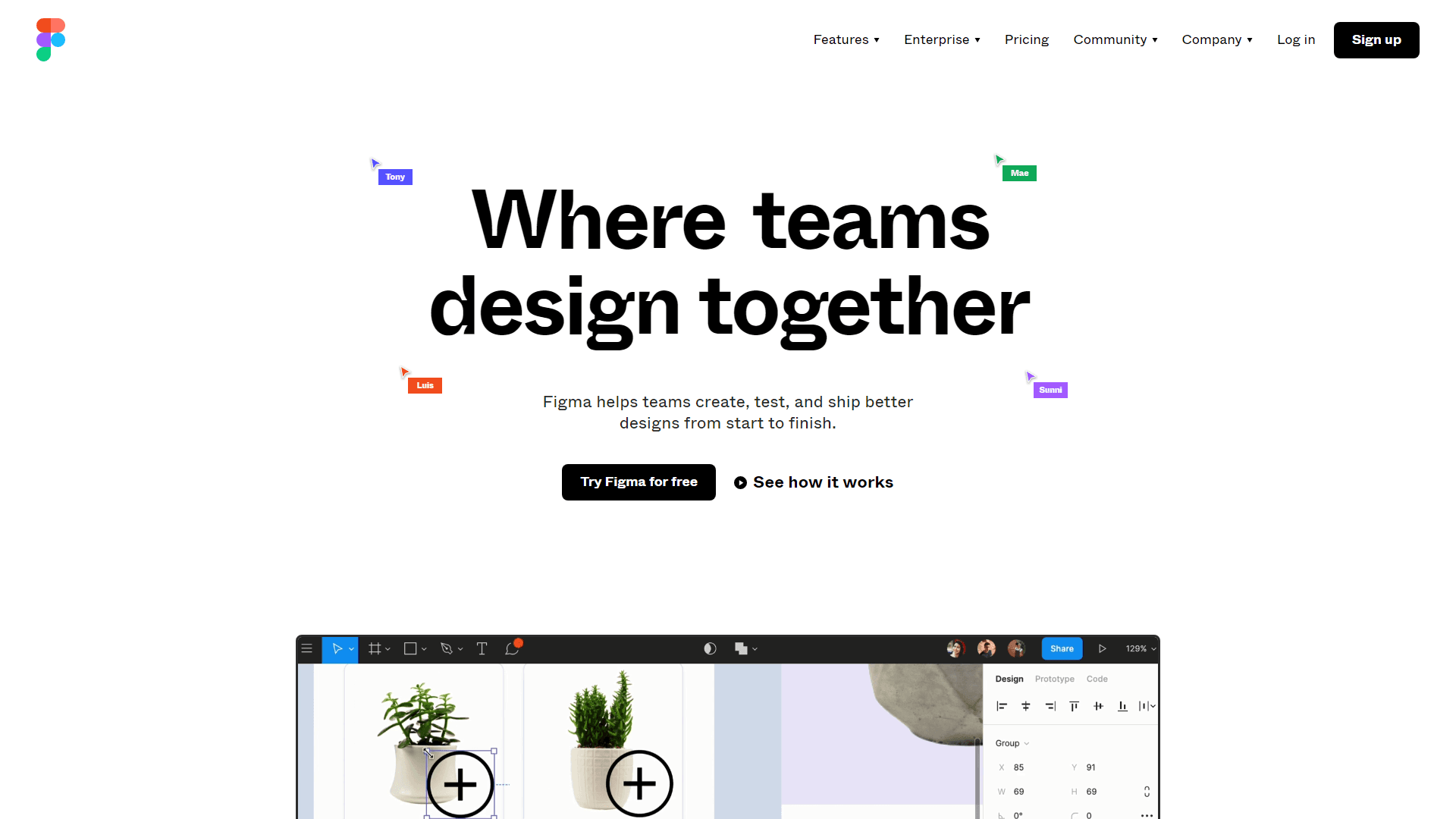
Features:
- Prototyping
- Built-in Commenting
- Developer Handoff
- Version Control
- Multiplayer Collaboration
- Online Sketch alternative
- Free for small teams
- Easy to use
Tool Cost /Plan Details: Free/Paid
c. Adobe XD
Adobe XD is a UX/UI design and collaboration tool. A vector-based tool developed and published by Adobe Inc. for designing and prototyping the user experience for web and mobile apps
Features:
- Voice prototyping
- Responsive Resize
- Auto-Animate
- Repeat grid
- Prototype and animation
- Interoperability
- XD supports and can open files from Illustrator, Photoshop, Photoshop Sketch, and After Effects
- Components
- Responsive resize
- Plugins
Tool Cost /Plan Details: Free
d. Justinmind
You can use a prototyping tool to make prototypes for websites, mobile apps, and high-fidelity wireframes for websites. Some of the things you can do with it are drag-and-drop widget placement, resizing, formatting, and exporting and importing.
Features:
- Responsive prototyping
- Liquid layouts
- Advanced pinning
- Auto-resize UI components
- Interactions and animations
- Mobile gestures & transactions.
- Requirements management.
- Conditional navigation.
- Sketch & shapes.
- Pre-built UI Libraries.
- Responsive design.
- Interactive prototypes.
- Free Tools:
- Wireframing
- Mockup tool
- UI kits
Tool Cost /Plan Details: Paid
e. Sketch
Sketch has a smart layout that lets you make responsive, reusable parts that can be resized automatically to fit the content. It provides hundreds of plugins. Besides, it supports Mac OS. Furthermore, it can be used to create timeline animations.
Features:
- Powerful vector editing
- Pixel-perfect precision
- Prototyping.
- With the help of Sketch, you will be able to turn wireframes into UI elements.
- Tool Sets
- Code Export
- Export Presets
- Grids & Guides
- Symbols
- Plug-Ins.
- Instant Preview
Tool Cost /Plan Details: Free/Paid
2.3 Web Application Frameworks
A software framework known as a “web framework” (WF) or a “web application framework” (WAF) is intended to facilitate the creation of web applications, including web resources, web services, and web APIs. Web frameworks provide a standard way to build and deploy web applications on the Internet. Additionally, it aims to automate the overhead associated with common web development tasks. Some of the best frameworks are listed below.
ReactJS
React is the most popular and open-source JavaScript library that is used for creating user interfaces. React is managed by Facebook and a whole community of individual developers and companies. It can be utilized as a base for single-page and mobile app development. The framework is well-known for its virtual DOM (Document Object Model) and is an excellent framework for high traffic.
Features:
- JSX
- Components
- One-way Data Binding
- Virtual DOM
- Simplicity
- Performance
Tool Cost /Plan Details: Paid
Vuejs
Evan You made Vuejs in 2014 as an open-source JavaScript framework that can be used to make user interfaces and single-page apps. It has an architecture that can be changed slowly and only focuses on declarative rendering and putting together components.
You will surely find the VueJS UI Component Libraries useful if you are working on Vuejs.
Features
- Virtual DOM
- Routing
- Reactivity
- Transitions
- Templates
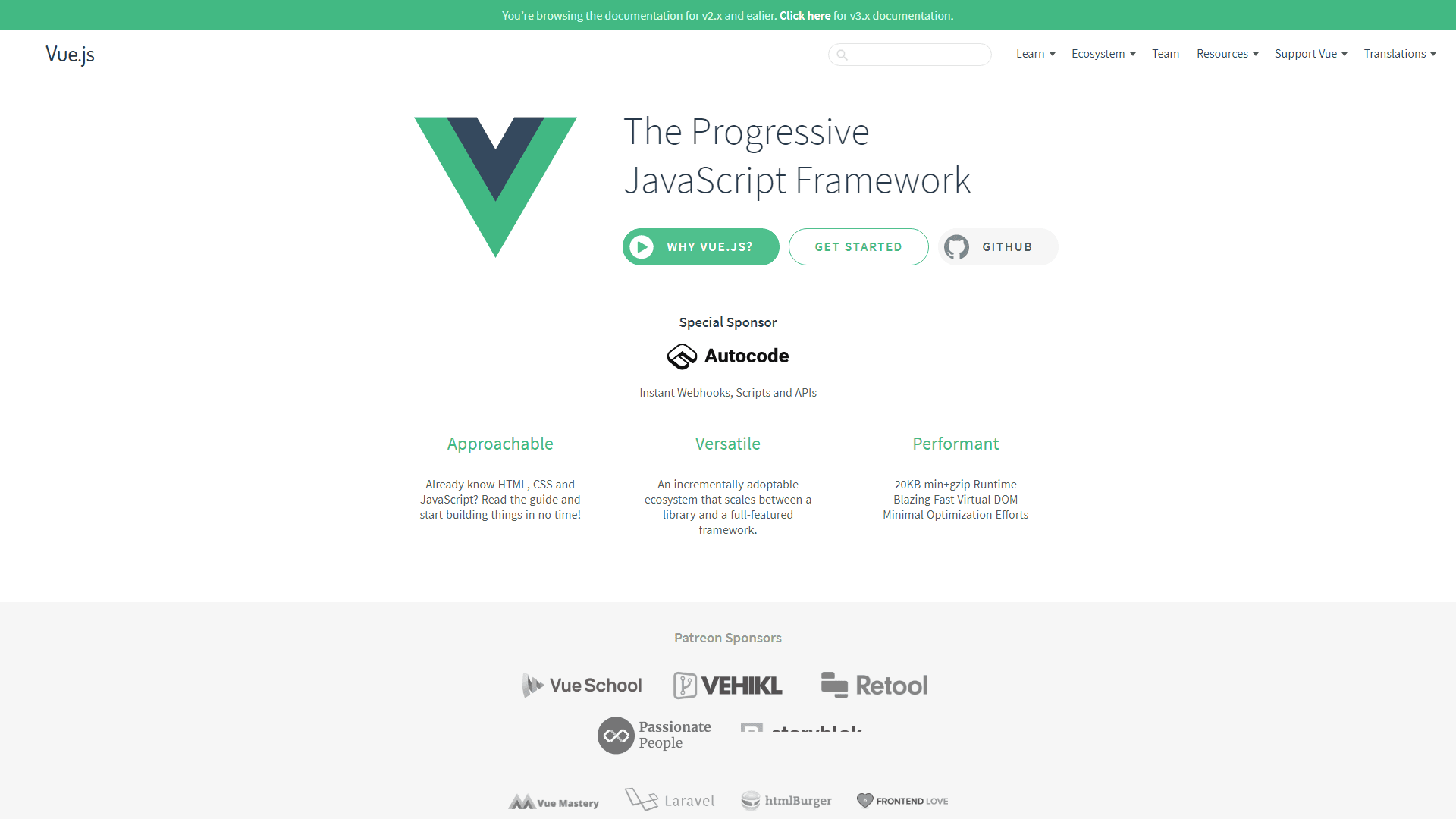
Angular
You can improve your HTML vocabulary with the help of Angular. HTML works well for static documents, but dynamic views cannot use it. Angular will also give you an environment that is easy to use, lets you be creative, and lets you build things quickly. It also gives you the tools you need to build the application development framework.
Other libraries can be used with this fully extensible toolset. Also, you are free to change or remove the feature based on how your development process works.
Features:
- Data Binding, Controller, and Plain JavaScript. Data Binding will eliminate DOM manipulation.
- Directives
- Reusable Components
- Localization
- Deep Linking
- Form Validation, and Server Communication for Navigation, Forms, and Back ends.
- It also provides built-in Testability.
Node.js
Node.js is an open-source, cross-platform runtime environment for developing server-side and networking applications. Besides, Node.js applications are written in JavaScript and can be run within the Node.js runtime on OS X, Microsoft Windows, and Linux. Furthermore, it also provides a rich library of various JavaScript modules, which simplifies the development of web applications using Node.js to a great extent.
Features:
- ES modules support
- Stable Diagnostic Reports
- Optional catch binding
- Single-threaded
- asynchronous and Event-Driven
- Highly scalable
EmberJs
EmberJs is a productive, well-tested JavaScript framework that is designed to build modern web applications. In addition, it is an open-source JavaScript framework used for developing client-side web applications that are based on the MVC (Model View Controller) architecture.
The Open Source JavaScript Library is a front-end application framework that is used all over the world and is growing quickly. EmberJs is used by many famous websites, such as Square, Discourse, Groupon, Linked In, Live Nation, Twitch, and many more.
Features
- Extreme Consistency and easy Configuration
- Built-in router
- Own Debugging tool (Ember Inspector)
- Full Stack Development Options
- Two-way data binding, and many more…

2.4 Front-End Frameworks ( Materialize; Foundation; Semantic UI
Your front end can be built on a scaffold called a front-end framework. Most of the time, it comes with a way to structure your files (using components or a CSS preprocessor, for instance), make AJAX requests, style your components, and link data to DOM elements.
Bootstrap
With a large amount of community support, Bootstrap is the best CSS framework in the world. HTML, SASS, and JavaScript are used to build this framework. The most recent version of Bootstrap is 4.5.0, which includes new components and utility classes to improve responsiveness. Also, it is easy for developers to use and is built for responsive, mobile-first front-end development, so it can be used on any device. All current browsers are supported by Bootstrap.
Features:
- Sass variables and mixing.
- It provides a responsive grid system.
- Extensive pre-built components.
- Powerful plugins built on JQuery.
Tailwind
Tailwind CSS is a highly customizable, low-level CSS framework that gives you all of the building blocks you need to build bespoke designs without any annoying, opinionated styles you have to fight to override.
Features:
- Gradients.
- New background-clip utilities.
- Gap utility aliases.
- Contents display utility.
- Default letter spacing per font size.
- Divide border styles.
- Access the entire config object from plugins.
- Define colors as closures.
Bulma
Bulma is a responsive modern CSS framework. This framework has built-in HTML, SASS CSS prospector, and CSS flex-box. Besides, Bulma gives lots of options to customize your requirements using sass files, web packs, and variables. Bulma is created in pure CSS, which means that while using the framework, all you need is one. css file and no.js.
Furthermore, this framework offers plenty of options to customize your requirements using web packs, Sass files, and variables.
Features:
- Modularity
- Columns powered by Flexbox
- Responsiveness
Materialize CSS
Materialize CSS is a responsive front-end framework that is based on the material design and has a set of UI components with simple effects that make them easy for users to notice. It was created by Google in 2014. Materialize is fully responsive on tablets and mobile. Besides, you can quickly get started using its starter templates. Furthermore, it is easy to learn, and excellent documentation is provided.
Features:
- Speeds up development
- User Experience Focused
- Easy to work with
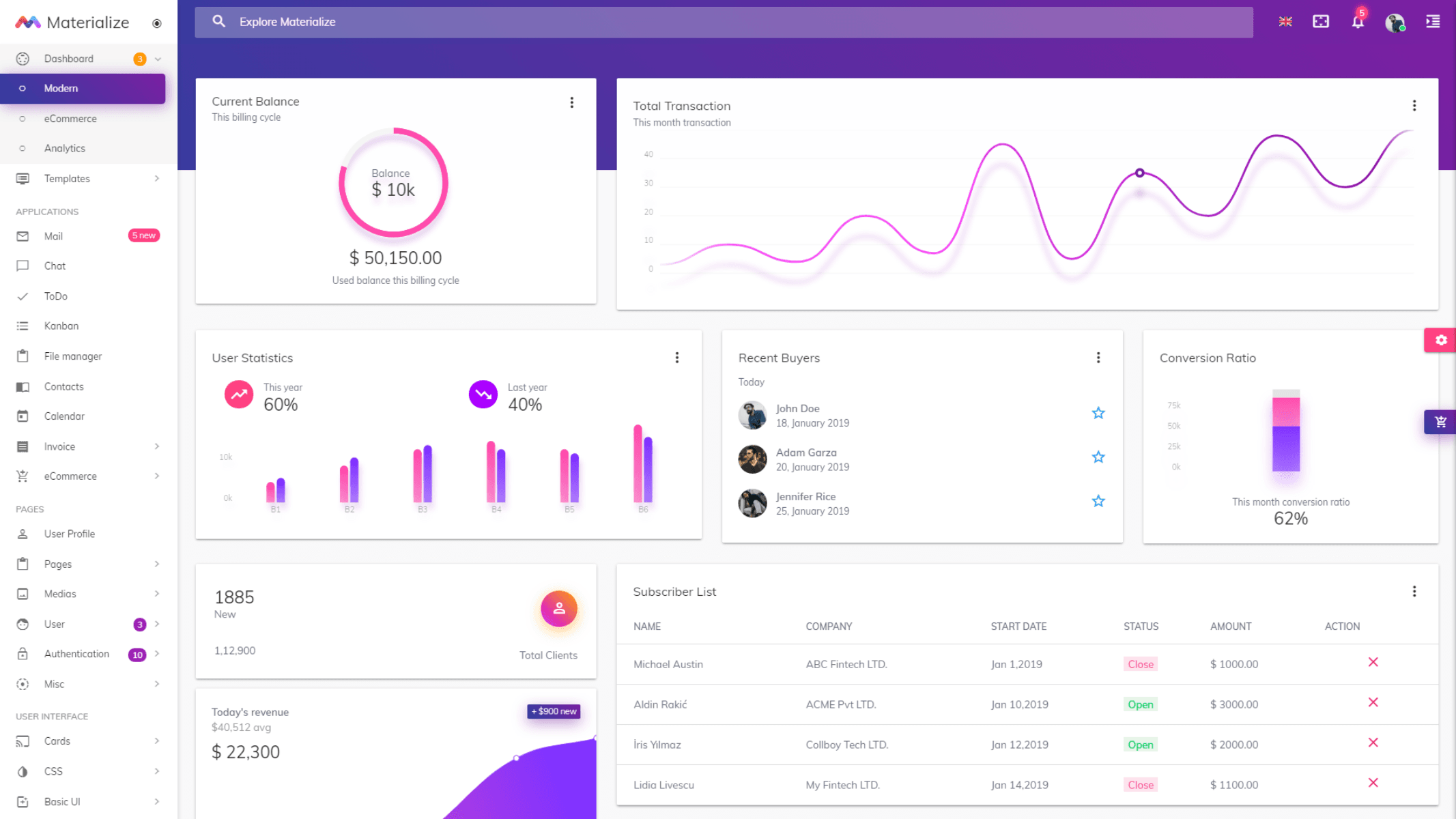
Foundation
Foundation is an advanced frontend CSS framework with built-in HTML, CSS, SASS, and javascript. This framework has a Sass compiler with a faster way to design a website. Foundation has its own CLI to install on your PC or laptop using specific commands, and you can easily watch something similar to the same file structure as bootstrapping Bulma and materializing CSS. This is a mobile-first approach to a CSS framework with fully responsive components.
Features:
- Streamlined Workflow
- Simplified Setup Process for the Sass Version
- A New, Souped-Up Setup Stack for Maxima-lists
- Decreased Page Load Time
- Base Styles Acting as Wire-frames
- Facilitated Selective Import
- Leaner and Cleaner Sass
- Improved Grid Mixins
Semantic UI
Semantic UI is a UI framework that allows you to create beautiful, fast websites built on HTML, JavaScript, and simplified debugging. Hence, it is very useful to make the development of your frontend smooth and delightful.
Features
- 50+ UI elements
- 3000 + CSS variables
- 3 Levels of variable inheritance (similar to SublimeText)
- Built with EM values for responsive design
- Flexbox friendly
2.5 Software development tool
A programming tool or software development tool is a computer program that software developers use to make, fix bugs in, maintain, or support other programs and applications. Most of the time, the term refers to simple programs that can be used together to complete a task, just like how you might use different hand tools to fix something.
GitHub
GitHub is a software development platform. It will help you manage the projects. GitHub will allow you to create review processes for your code and fit them into your workflow. Besides, it can be integrated with the tools that you are already using. It can also be deployed as a self-hosted solution or a cloud-hosted solution.
Features:
- GitHub provides project management features.
- It is used by developers for personal projects or to do experiments with new programming languages.
- For enterprises, it provides the features of SAML single sign-on, Access provisioning, 99.95% uptime, Invoice billing, Advanced auditing, Unified search, and Contribution, etc.
- GitHub provides security features like Security incident response, Two-factor authentication, etc.
Tool Cost /Plan Details: Basic Free/Premium Paid
GitLab
GitLab is a web-based DevOps lifecycle tool that provides a Git-repository manager with wiki, issue tracking, and continuous integration and deployment pipeline features under an open-source license, developed by GitLab Inc.
Features:
- It offers Compliance Management
- Deadline Management
- Disaster Recovery
- Drag & Drop Interface
- Restrict SSH Keys
- Enforce TOS acceptance
- Credentials Management
Tool Cost /Plan Details: Basic Free/Premium Paid
Asana
Atlassian’s Asana is one of the most widely used project management tools currently available. As your business grows, the robust work management platform helps your teams stay focused on goals, projects, and daily tasks. In addition, you can plan sprints, integrate with other tools, see the project’s progress, track individual tasks, and carry out successful launches.
Asana lets you plan and structure your work in a way that works best for you. You can also easily set priorities and deadlines, share information, and give tasks all in one place. With it, you can also follow projects and tasks at every stage.
Features:
- Task dependencies
- Multiple workspaces
- Real-time updates
- Gantt Charts (Asana has Timeline)
- In addition, it also offers Kanban support (Asana has boards)
Tool Cost /Plan Details: Basic Free/Premium Paid
JIRA
JIRA is a tool developed by the Australian company Atlassian. This software is used for bug tracking, issue tracking, and project management.
Features:
- Customizable workflows
- Unlimited custom fields
- Bugs and defect management
- Seamless source and issue integration
- Search and filtering
- Advanced Reporting
- Customizable dashboards and wallboards
- Advanced security and administration
Tool Cost /Plan Details: Basic Free/Premium Paid
Trello
Trello is a collaboration tool that organizes your projects into boards. In one glance, Trello tells you what’s being worked on, who’s working on what, and where something is in process. Besides, it utilizes Kanban boards (which represent projects), cards (which represent tasks), and lists (which can be used to track the statuses of different projects) to move tasks or organize your resource materials in real-time.
Features:
- Detailed & Quick Overviews of Front/Back Cards.
- Easy, Drag-and-Drop Editing.
- In-Line Editing.
- Easy Organization with Labeling, Tags, and Comments.
- Progress Meter Checklist.
- Card Records Archive.
- Easy Upload (Local Devices, Dropbox, Google Drive, and Box)
- File Attachment
Tool Cost /Plan Details: Basic Free/Premium Paid

3. Conclusion
Thus, the list of the best open-source web development tools was as follows: Web developers have access to thousands of tools for building websites. The best ones are listed here.
When selecting a tool, it is important to keep in mind that the best open-source web development tools should be chosen based on the specific requirements of your project. In addition, because web development is an ever-evolving field, you must keep up with the tools that are available because some will save you hours of development time and, more importantly, enhance the user experience.


